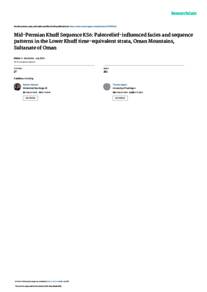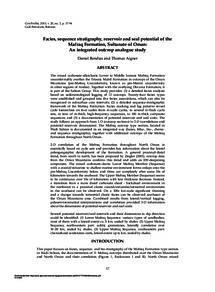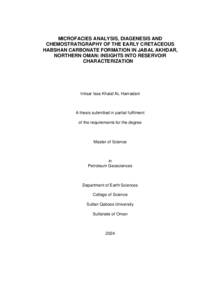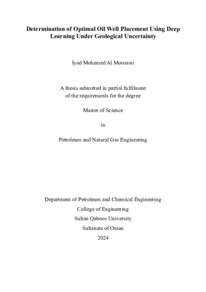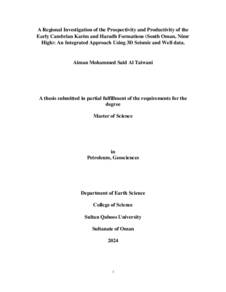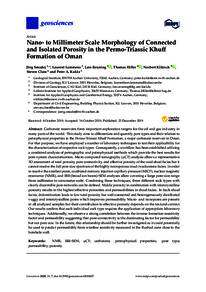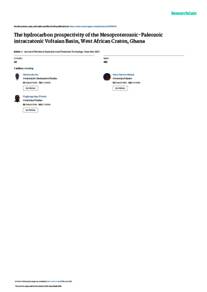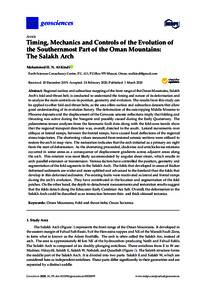Document
Mid-Permian khuff sequence KS6: paleorelief-influenced facies and sequence patterns in the lower khuff time-equivalent strata, Oman mountains, Sultanate of Oman
Identifier
DOI: 10.2113/geoarabia1803135
Contributors
Publisher
Gulf PetroLink.
Gregorian
2013-07
Language
English
English abstract
Khuff Sequence KS6 was studied in the Al Jabal al-Akhdar, Oman Mountains, in an area of 30 x 50 square kilometers by means of detailed sedimentological logging of five time-equivalent outcrop sections of the Saiq Formation. KS6 represents one transgressive-regressive, third-order sequence, and is composed of four facies associations each representing particular environments of deposition (backshoal, shoal, foreshoal and offshoal) with distinct sedimentological characteristics. Facies stack to form cycles and cycle sets that were used for correlation at a subregional scale and to reveal the KS6 stratigraphic architecture. During the initial phase of basin-fill, clastic sediments ("Basal Saiq Clastics") were deposited in paleolows above the "Sub-Saiq Unconformity". In contrast to younger Upper Khuff sequences KS4 to KS1, the underlying paleorelief strongly affects the thickness and facies composition of KS6. The correlation strategy to follow paleolandscape surfaces using all available sedimentological, biostratigraphic and lithostratigraphic data resulted in a stratigraphic architecture with subtle shingle geometries. Sequence KS6 shows a strong facies partitioning resulting in the necessity of two separate facies models for the transgressive (crinoidal ramp) versus regressive hemisequence (oolitic/peloidal carbonate ramp). This study revealed potential reservoir units in KS6, commonly regarded as non-reservoir in the subsurface of Oman and other parts of the Gulf region. The abundance, nature and lateral extent of reservoir facies strongly varies with stratigraphic position. In the transgressive part of KS6, crinoidal grainstones are concentrated around the margin of a gentle paleohigh. They might have the best reservoir potential, although early diagenetic cementation is common in most settings. Oolitic/peloidal grainstones in the upper regressive part have a much higher diagenetic reservoir potential and are laterally much more widespread. Thus, Khuff Sequence KS6 differs profoundly in its stratigraphic architecture from the more "layer-cake"-like KS4 to KS1 sequences. Facies and thickness patterns are controlled by a marked paleohigh to paleolow configuration, resulting from the antecedent uneven topography during the Neo-Tethyan syn-rift setting, in contrast to the post-rift setting with low tectonic activity during KS4 to KS1.
Member of
ISSN
1025-6059
Resource URL
Category
Journal articles

